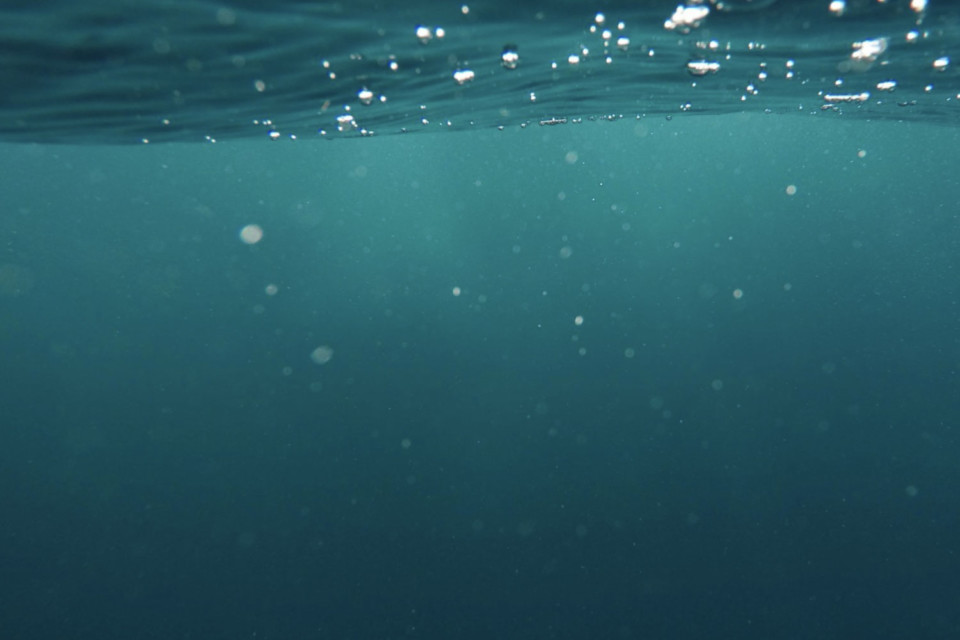RAPID
A modular system for scientists to collect ocean in-situ data. Faster data gathering, adaptable to multiple missions, and affordable logistics.
RAPID is an Autonomous Underwater Vehicle (AUV) designed to quickly gather in-situ ocean data and actively swarm around areas of interest that it may detect.
My role:
I led the UX and UI. Being the sole designer on a 11-member product team, I was responsible from strategy to execution of the digital component. Designing a 360 degrees experience – hardware & software. Additionally, I contributed to the product holistically – looking at it’s viability, feasibility, and desirability.
Dashboards
Objectives
- Develop an intuitive experience for complex workflows and specific business functions and needs, including: mission setup, vehicle customization, deployment, collaboration, data collection and visualization.
- Design a modular, robust, and flexible layout to facilitate adding and removing features.
Solution
- A customizable dashboard for teams or technicians to tailor the content and workflow based on their needs and preferences.
- A library of reusable widgets designed for various use cases to speed up development cycles and introduce consistency across the platform.
Mission Journey
Pain
Points
Expensive to deploy
- Most AUVs are big robots that need large transportation vessels to be deployed. Each mission involves several people. It has an impact on mission cost (renting the vessels and its crewman) and timing (mission planning/logistics).
Adaptability for diverse missions
- Current AUVs have specific set of capabilities, limiting missions scope, adding cost on operations, and taking longer mission time.
Turnaround time matters
- There are critical missions that require quick turnaround. The ability to make informed decisions and react to difficult circumstances is priceless and can save entire ecosystems.
Technologies
Comparison
| Technology | RAFOS | ARGOS | ALAMO | RAPID |
| Vertical Speed | drifts | ~0.02m/s | ~0.25m/s | 1m/s |
| Horizontal Speed | none | none | none | 0.25m/s |
| Converge on Areas of Interest | no | no | no | yes |
| Data Return Time | 2 years | 10 days | 4 hrs | 1 hr |
| Data Collection | salinity (CTD) position | salinity (CTD) position | salinity (CTD) position | salinity (CTD) position modular |
| Weight | 10 kg | 40 kg | 10 kg | 41 kg |
| Operating Depth | 0-2500m | 1000m-2000m | 1000m | 1000 m |
System Users
Alessandra
35 years old
Environmental scientist and marine ecologist who teaches and does research at Oregon State University. Her research interests include interactions between the environment and human well-being, biodiversity, climate change, and sustainable use of oceans and the planet.
Jack
46 years old
Scientist who has worked in the fields of geology, oceanography, and the origins of life. Corliss is a University of California, San Diego Alumnus, receiving his PhD from Scripps Institution of Oceanography
Andrew
28 years old
Works on oceanographic missions. Some of the task he does are: lift 25-50 lbs independently, 1-5 times per day; carry 10-25 lbs, 1-5 times per day. He has to have good vision including peripheral, depth perception, and ability to distinguish basic colors. As well as good gearing, include the ability to hear and respond to instructions, communicate effectively in loud areas (pier/dock, warehouse).
Interview Notes
“I work on projects where multiple research centers collaborate. I feel collaboration tools are not equipped with what we need. Many times, we have to use two or even three different tools.”
“I work on small projects and I want to have the freedom of doing under water research without all the logistics and cost associated.”
“The area of research where we work requires getting multiple readings. The systems that we have aren’t designed for us and we have to adapt to them, when it should be the other way around.”
System
Requirements
| System Requirements | RAPID |
| Vertical Ascent/Descent Speed | 1m/s |
| Horizontal Lateral Speed | 0.25 m/s |
| Converge on Areas of Interest | Yes |
| Data Return Time | 1 hour |
| Data Collection Types | salinity (CTD), position, modular |
| Weight | < 46 kg |
| Operating Depth | 1000 m |
RAPID is designed to handle a multitude of sensors with its modular sensor interface. The system is design to scale accordingly with the mission needs. It has the capability to be deployed in vast numbers in order to collect as much volumetric data as possible. To support this, the system has been designed to be simple and robust.
RAPID is an AUV that utilizes a piston-based buoyancy engine to vertically descend and ascend up to 1000m into the ocean. Each AUV is equipped with two actively controlled fins in order to laterally move along the ocean. Using these fins and an on-board communication suite of acoustic and satellite signals, multiple RAPID AUVs can swarm to areas of interest and a volume of data. While each RAPID AUV can measure water temperature, depth, and salinity.
Robotic System
RAPID is designed to acquire, process, and transmit data autonomously. For an end user, the process of deploying RAPID involves uploading a file with customized mission information, physically deploying the swarm near the region(s) of interest, receiving live updates of interesting data, collecting all of the vehicles, and offloading all of the collected data.
Each AUV is able to navigate and acquire data autonomously. By looking for significant changes in the data it collects, RAPID can determine locations of interest. By communicating with each other, AUVs are able to cluster around locations of interest, which allows for more efficient collection of data and the ability to track temporally changing effects.
In addition, each AUV also periodically transmits interesting information back to the research base, so that the end-user can receive almost live updates from the AUVs. A high-level illustration of the use process is shown in the figure below. The end user should be able to pick a region of interest on a map, deploy the AUVs, and get back an efficiently sampled version of that map.

















